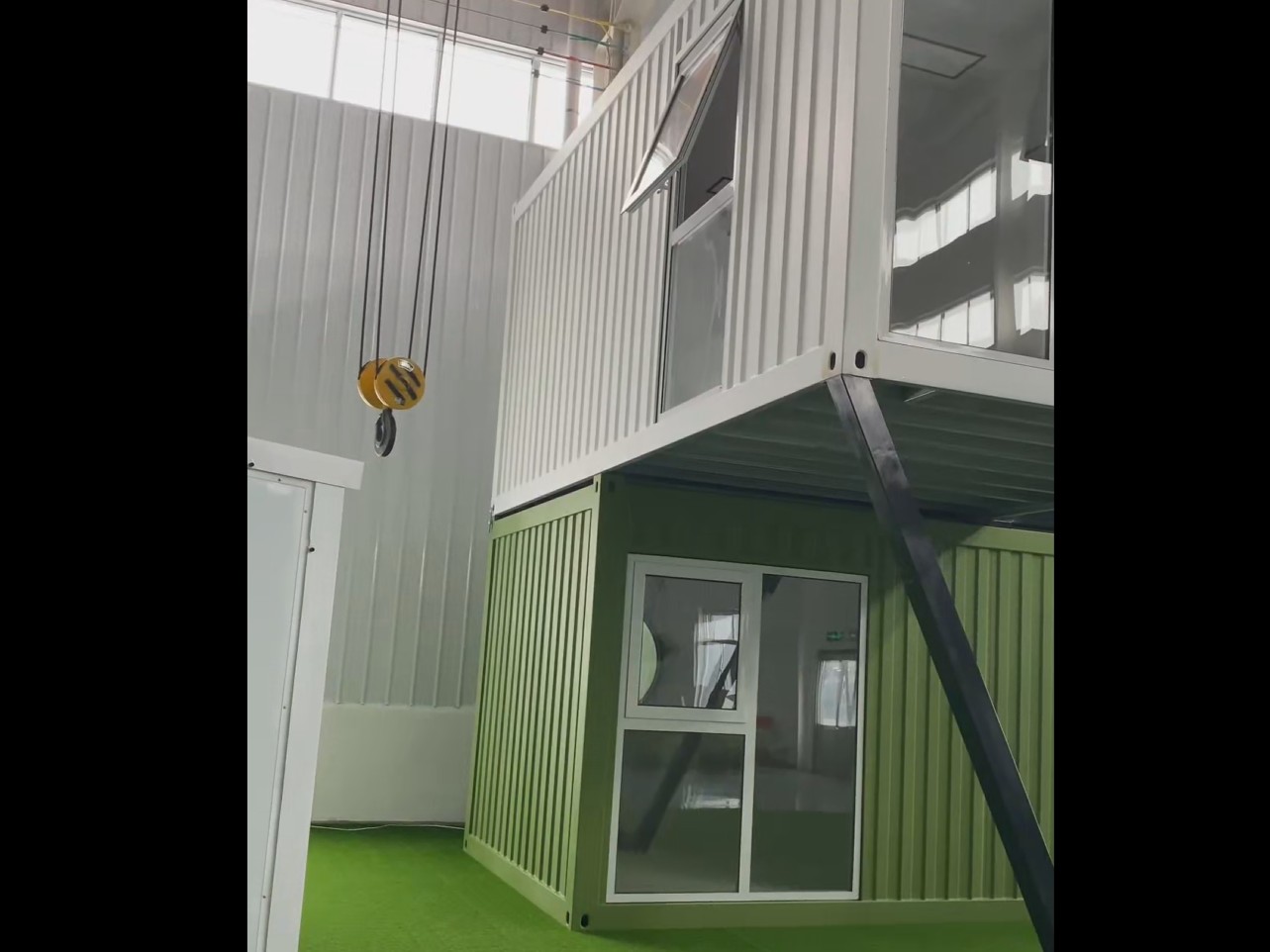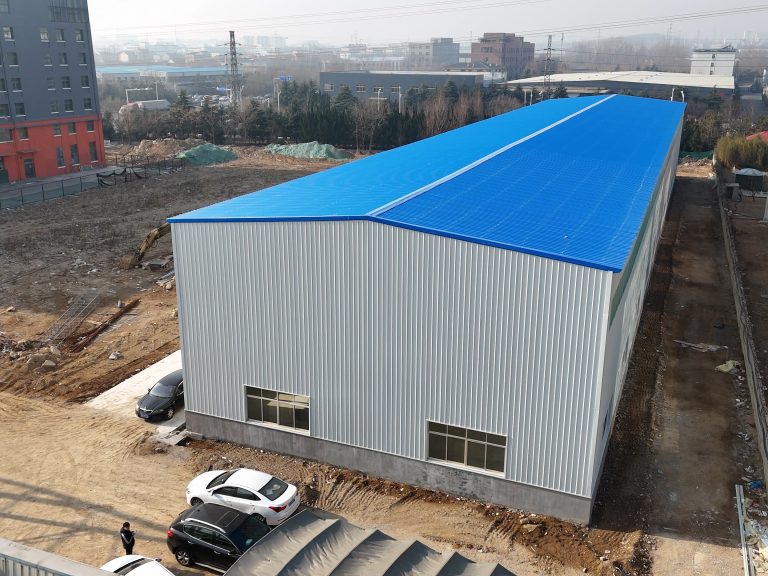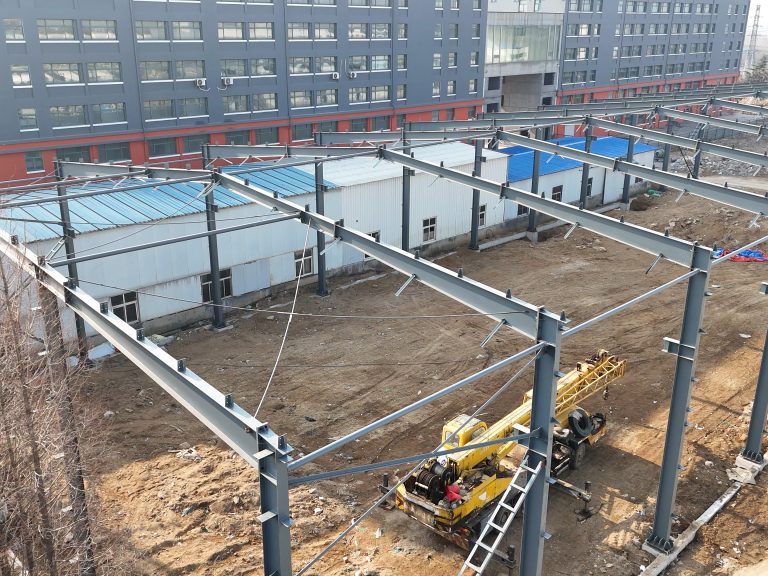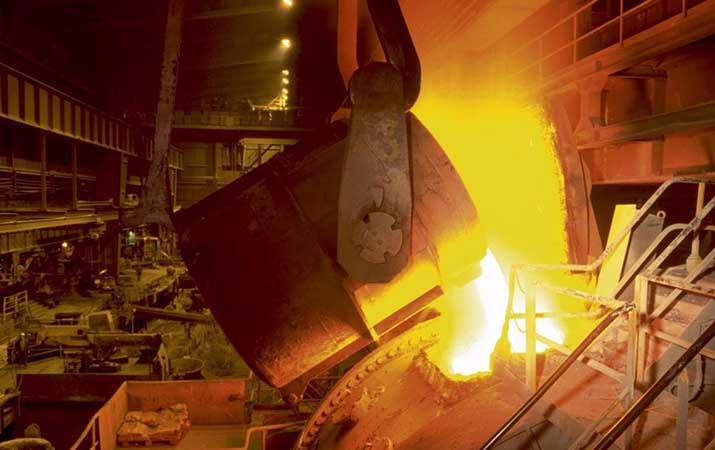Table of Contents
Sustainable Building Materials: The Future of Construction
In recent years, the construction industry has seen a shift towards more sustainable building practices. With the increasing awareness of environmental issues and the need to reduce carbon emissions, many construction companies are turning to innovative construction projects that prioritize the use of sustainable building materials. These materials not only help reduce the environmental impact of construction projects but also offer a range of benefits in terms of durability, energy efficiency, and cost-effectiveness.
One of the most popular sustainable building materials being used in construction projects today is recycled steel. Steel is one of the most widely used materials in construction due to its strength and durability. By using recycled steel, construction companies can reduce the demand for new steel production, which in turn helps to conserve natural resources and reduce carbon emissions. Recycled steel is also highly durable and can be easily recycled again at the end of its life cycle, making it a sustainable choice for construction projects.
Another sustainable building material that is gaining popularity is bamboo. Bamboo is a fast-growing and renewable resource that is incredibly strong and versatile. It can be used in a variety of construction applications, from flooring and wall panels to structural elements such as beams and columns. Bamboo is also highly sustainable, as it can be harvested without causing damage to the environment and regrows quickly, making it an ideal choice for sustainable construction projects.
In addition to recycled steel and bamboo, there are a number of other sustainable building materials that are being used in innovative construction projects. For example, reclaimed wood is a popular choice for flooring, furniture, and decorative elements in construction projects. Reclaimed wood is sourced from old buildings, barns, and other structures, giving it a unique and rustic look while also reducing the demand for new timber production.
Another sustainable building material that is gaining traction is rammed earth. Rammed earth construction involves compacting layers of earth to create solid walls and structures. This technique has been used for centuries in various parts of the world and offers a range of benefits, including excellent thermal mass properties, natural insulation, and low maintenance requirements. Rammed earth construction is also highly sustainable, as it utilizes locally sourced materials and requires minimal energy for construction.
As the demand for sustainable building materials continues to grow, construction companies are also exploring new and innovative materials that offer even greater environmental benefits. For example, bio-based materials such as hempcrete and mycelium are being used in construction projects as sustainable alternatives to traditional building materials. Hempcrete is a mixture of hemp fibers and lime that offers excellent insulation properties and is carbon-negative, meaning it actually absorbs more carbon dioxide than it emits during production. Mycelium, on the other hand, is a type of fungus that can be grown into solid shapes and used as a sustainable alternative to plastic and other synthetic materials.
Overall, the use of sustainable building materials in construction projects is not only beneficial for the environment but also offers a range of advantages in terms of durability, energy efficiency, and cost-effectiveness. By incorporating innovative materials such as recycled steel, bamboo, reclaimed wood, rammed earth, and bio-based materials into construction projects, companies can reduce their environmental impact and create buildings that are both sustainable and aesthetically pleasing. As the construction industry continues to evolve, it is clear that sustainable building materials will play a key role in shaping the future of construction.
Smart Cities: How Technology is Revolutionizing Urban Development
Innovative construction projects are transforming the way cities are built and developed. With the rapid advancement of technology, urban development is becoming more efficient, sustainable, and interconnected. Smart cities are at the forefront of this revolution, utilizing cutting-edge technologies to create more livable and resilient urban environments.

One of the key aspects of innovative construction projects in smart cities is the use of data and analytics. By collecting and analyzing data from various sources, such as sensors, cameras, and mobile devices, city planners can gain valuable insights into how people move, interact, and use urban spaces. This data-driven approach allows for more informed decision-making and better resource allocation, leading to more efficient and effective urban development.
Another important aspect of innovative construction projects in smart cities is the integration of renewable energy sources and sustainable building practices. By incorporating solar panels, wind turbines, and other renewable energy technologies into urban infrastructure, cities can reduce their carbon footprint and reliance on fossil fuels. Sustainable building practices, such as green roofs, rainwater harvesting, and energy-efficient design, also play a crucial role in creating more environmentally friendly and resilient urban environments.
In addition to data-driven decision-making and sustainable building practices, innovative construction projects in smart cities also focus on improving connectivity and mobility. By investing in smart transportation systems, such as autonomous vehicles, electric buses, and bike-sharing programs, cities can reduce traffic congestion, air pollution, and greenhouse gas emissions. These technologies not only make it easier for people to get around but also contribute to a more sustainable and inclusive urban environment.
Furthermore, innovative construction projects in smart cities are also leveraging the power of the Internet of Things (IoT) to create more connected and responsive urban infrastructure. By connecting devices, sensors, and systems to the internet, cities can monitor and control various aspects of urban life, such as traffic flow, energy consumption, and waste management. This interconnected network of devices and systems allows for more efficient and effective urban planning, management, and maintenance.
Overall, innovative construction projects in smart cities are revolutionizing urban development by incorporating data-driven decision-making, sustainable building practices, connectivity, and mobility. These technologies are not only making cities more efficient and resilient but also more livable and inclusive for all residents. As technology continues to advance, the possibilities for innovative construction projects in smart cities are endless, paving the way for a more sustainable and prosperous urban future.






